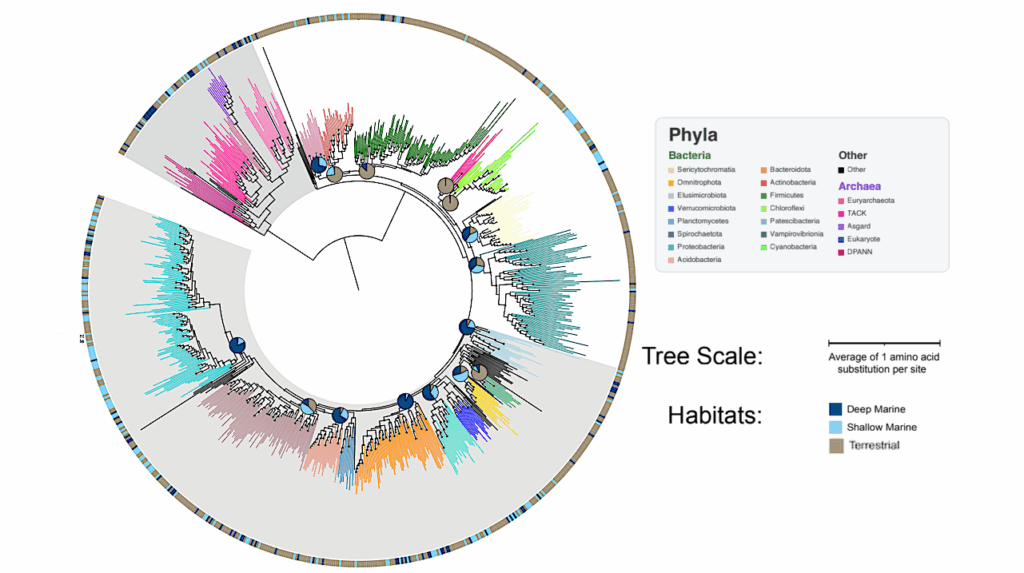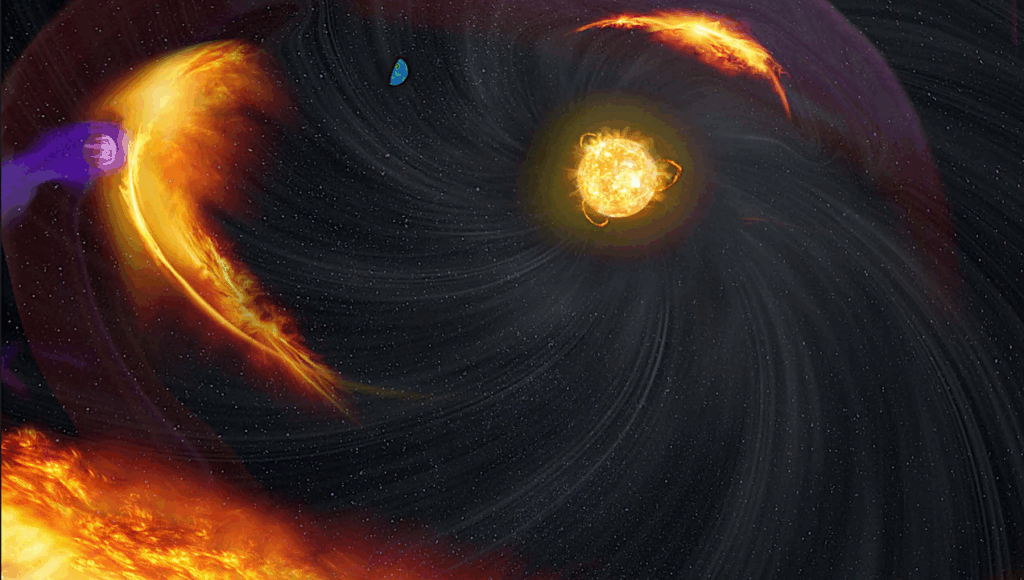A Decline In CO2 Cooled Earth's Climate Over 30 Million Years Ago

New research led by the University of Bristol demonstrates that a decline in the concentration of atmospheric CO2 played a major role in driving Earth’s climate from a warm greenhouse into a cold icehouse world around 34 million years ago. This transition could be partly reversed in the next centuries due to the anthropogenic rise in CO2.
Between 40 and 34 million years ago, Earth’s climate underwent a major climatic transition. Before 40 million years ago, during the Eocene, Antarctica was covered by lush forests, but by 34 million years ago, in the Oligocene, these forests had been replaced by thick continental ice sheets, as we know Antarctica today. The main driver of this greenhouse to icehouse transition is widely debated, and little information is available about how climate changed on land. An international team led by Dr Vittoria Lauretano and Dr David Naafs at the University of Bristol used molecular fossils preserved in ancient coals to reconstruct land temperature across this transition.
The team used a new approach based on the distribution of bacterial lipids preserved in ancient wetland deposits. It was developed as part of the ERC-funded project, The Greenhouse Earth System (TGRES), which also funded this study. The TGRES PI and paper co-author Rich Pancost, from the University’s School of Chemistry, explained: ‘These compounds originally comprised the cell membranes of bacteria living in ancient wetlands, with their structures changing slightly to help the bacteria adapt to changing temperature and acidity. Those compounds can then be preserved for tens of millions of years, allowing us to reconstruct those ancient environmental conditions.’
To reconstruct temperature change across the greenhouse to icehouse transition, the team applied their new approach to coal deposits from the southeast Australian Gippsland Basin. These remarkable deposits span over 10 million years of Earth history and have been extensively characterised by collaborators on the study from the University of Melbourne, Dr. Vera Korasidis and Prof. Malcolm Wallace.
The new data show that land temperatures cooled alongside the ocean’s and by a similar magnitude of about 3C. To explore causes of that temperature decline, the team conducted climate model simulations, Crucially, only simulations that included a decline in atmospheric CO2 could reproduce a cooling consistent with the temperature data reconstructed from the coals.
These results provide further evidence that atmospheric CO2 plays a crucial role in driving Earth’s climate, including the formation of the Antarctic ice sheet.
###
Paper
“Eocene to Oligocene terrestrial Southern Hemisphere cooling caused by declining pCO2” in Nature Geoscience by V.Lauretano et al.
Astrobiology








